Bridging Civilizations: Buddhism in Southeast Asia and Its Enduring Indian Connection
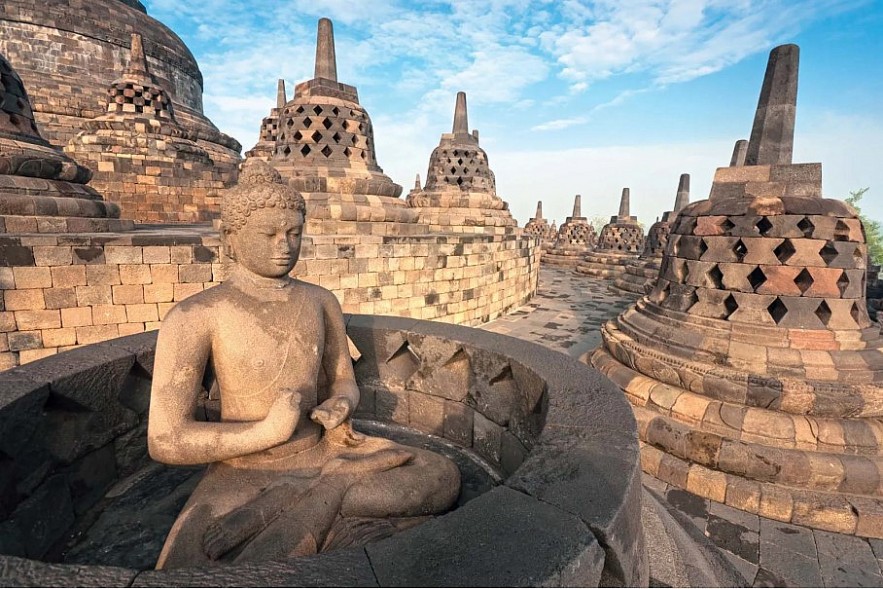 |
Despite being born in India, Buddhism found fertile ground in Southeast Asia, where it took root and flourished for centuries, shaping the region's socio- economic, political, cultural, religious and philosophical structures. This connection between Buddhism in South East Asia and India is a testament to the religion's resilience and adaptability in the face of fast changing world under challenging circumstances over two millennia. The Buddhism in Southeast Asia from India underscores a complex interaction between different history, culture and identity. Such a complex interaction involved multiple factors, including the influence of Indian merchants and traders, the patronage of Southeast Asian kings and rulers, and the work of Buddhist missionaries.
The arrival of Indian merchants and traders to Southeast Asia through sea routes from the 1st century CE onwards was a pivotal moment in the spread of Buddhism throughout the region. These travellers brought with them not only their wares, but also their rich cultural, ethical values and religious traditions, including the teachings and philosophy of Buddhism. As a result, the local populace of Southeast Asian countries began to adopt and embrace these values and practices, ushering in a new era of spiritual and cultural exchange.
The spread of Buddhism is also owed to the patronage provided by rulers and power elites of the time. The ruling class, such as King Anawrahta of Burma and King Jayavarman-VII of the Angkor Empire, embraced Buddhism and promoted its teachings, values, practices and beliefs in their kingdoms. The adoption of Buddhist practices and rituals made them an integral part of the court culture, which was then permeated amongst the local people. Temples, monasteries, and other religious structures were built and scholarships were given to Buddhist monks and scholars that helped establish Buddhism and spread its influence in the region. This led to the emergence of a unique form of Buddhist pattern in Southeast Asia known as ‘State Buddhism’ or ‘Royal Buddhism’. In such a form of Buddhism, the king came to play a central role as the protector and promoter of the Buddhist faith. Such an intricate relationship between Buddhism and the State in Southeast Asia became a defining feature of Southeast Asia’s religious landscape shaping its culture and society.
Buddhist monks, who embarked on arduous journeys to disseminate the principles and practices of Buddhism in a foreign land, and scholars from Indian subcontinent plays an instrumental role in bringing Buddhism to South East Asia. Their unwavering commitment and tireless efforts in spreading the message of Buddha were pivotal in the establishment of monasteries and temples in Southeast Asia, which became the epicentres of learning and spiritual enlightenment. The invaluable knowledge and teachings imparted by these venerable monks contributed in shaping the religious and cultural fabric of the region. Furthermore, the translations of Buddhist scriptures into local languages were a critical tool in spreading Buddhist teachings among the masses. This allowed for a wider dissemination of knowledge, and greater accessibility for those who were not proficient in the Pali language, which was the lingua franca of early Buddhist texts. Fa-Hien, a remarkable Chinese traveller and Buddhist scholar, exemplifies the dedication and passion of these intrepid missionaries. His journey from India to Southeast Asia, in the pursuit of sharing the teachings of Buddhism, is a testament to the power of this religion and its ability to inspire individuals to transcend geographical and cultural boundaries in pursuit of spiritual enlightenment. His travel account, ‘Record of Buddhist Kingdoms’, helped popularize and spread Buddhism in Southeast Asia.
Buddhism evolved and adapted as it spread throughout Asia, taking on new forms and interpretations in response to the cultural and social contexts in which it found itself. An important aspect of Buddhism in Southeast Asia has been the syncretic nature of the religion in the region. Here Buddhism incorporated local customs and practices resulting in a unique blend of Buddhism and indigenous religious traditions. The development of diverse Buddhist practices, rituals and art forms unique to this region can be attributed to such syncretism. For example, in the Southeast Asian nations of Thailand, Myanmar and Cambodia, the Theravada form of Buddhism, emphasizing meditation and mindfulness, is prevalent. However, the local customs, rituals and folk traditions are equally entrenched in the society, reflecting the rich and unique cultural diversity of the region.
Southeast Asian art, architecture and literature also had an immense impact on Buddhism. With the increasing spread and influence of Buddhism in the region, the widespread construction of monasteries, temples and other religious and cultural structures came into being. The architectural masterpieces, such as the temples of Angkor Wat in Cambodia, Borobudur in Indonesia, and Shwedagon Pagoda in Myanmar, show the grandeur and splendour of intricate Buddhist works. Buddhist teachings and messages also had a significant influence on Southeast Asian literary heritage, with several pieces of literature and epics in local languages inspired by Buddhism.
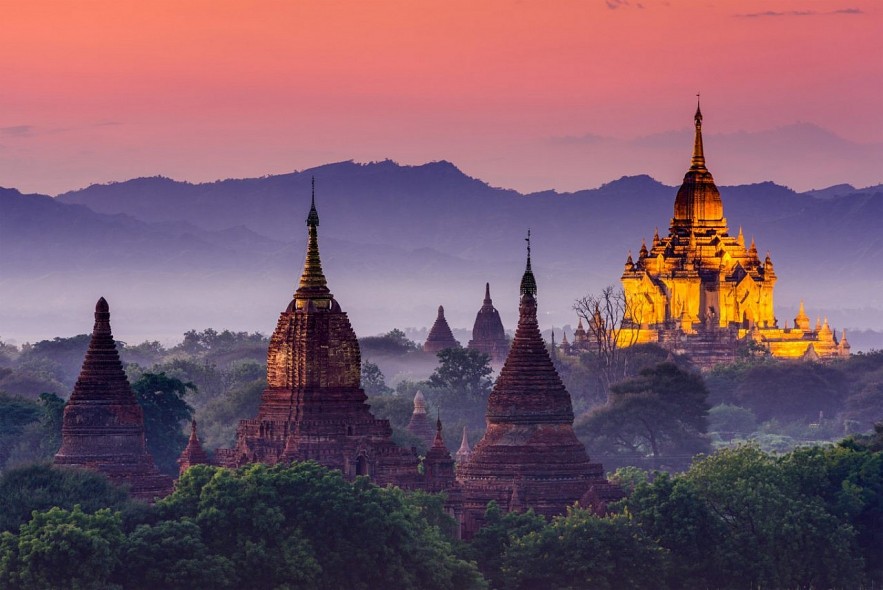 |
Buddhism remains a powerful and enduring force in Southeast Asia, particularly in mainland countries like Myanmar, Laos, Cambodia, and Vietnam, where countless devotees engage in a myriad of Buddhist practices. However, even in insular nations like Malaysia and Indonesia, where the influence of Islamization is palpable, Buddhist culture continues to permeate the daily lives and affairs of the people. Rich customs, traditions, and practices endure, with the Buddhist faith serving as a steadfast source of spiritual and cultural guidance. The resilience of Buddhism in Southeast Asia is a testament to the persistent power of this ancient religion and its capacity to adapt to changing times and contexts, while still retaining its essential beauty and wisdom tradition of ancient Indian subcontinent.
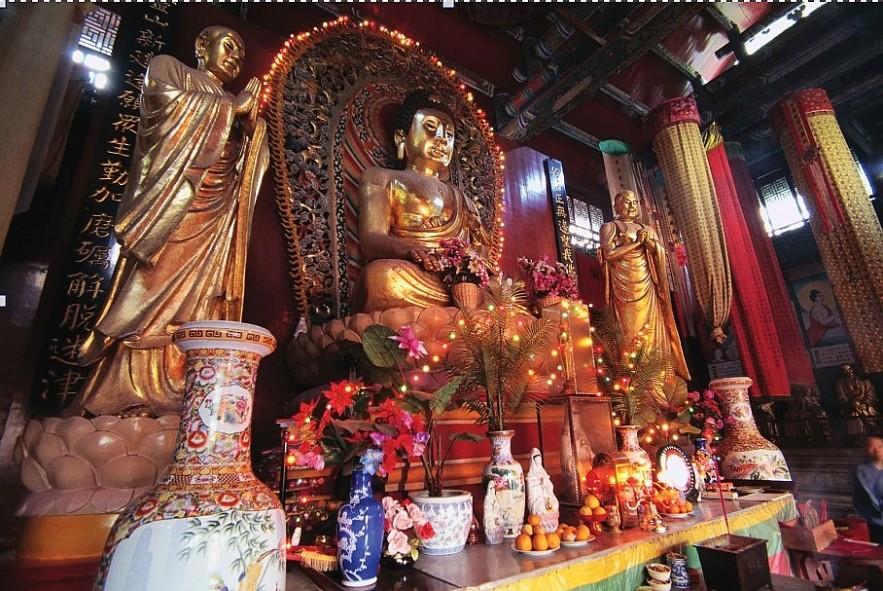 |
The deep-rooted connection between Buddhism and Southeast Asia stands as a testimony to the rich historical and cultural ties that bind India and the region together. The spread of Buddhism from India to Southeast Asia not only fostered the exchange of ideas, art, and values but also forged an enduring civilizational bond that transcends time and geographical boundaries. This shared heritage provides the foundation for the two regions to further strengthen and revitalize their trade, commercial, religio-cultural, and people-to-people contact, promoting mutual understanding and cooperation in the contemporary era.
The resilience of Buddhism in Southeast Asia highlights the religion's adaptability and its capacity to intertwine with local beliefs, customs, and practices, fostering a unique amalgamation of diverse cultural components. This confluence of traditions has significantly contributed to the development of the region's distinct identity, shaping its artistic, philosophical, and societal milieu. As we move forward into an increasingly interconnected world, the ancient connection between Buddhism, India, and Southeast Asia holds valuable lessons on the importance of embracing cultural diversity, fostering intellectual exchange, and promoting tolerance and understanding among different communities. It is crucial to preserve and celebrate this remarkable bond, as it can serve as a catalyst for regional stability, prosperity, and harmony in the face of present-day challenges.
By nurturing the rich and multifaceted relationship based on Buddhism, India, and Southeast Asia holds valuable lessons for the future and can serve as a catalyst for deeper, more meaningful collaborations and partnerships in all aspects of life. The potential for growth and development is enormous, by tapping into their rich heritage and fostering closer ties between the two regions, India and Southeast Asia can unlock new opportunities for growth, development, and prosperity. Whether in the fields of trade, commerce, or people-to-people contact, the shared history, spirituality and culture of these two regions can serve as a source of inspiration and innovation for generations to come. Let us work together towards a future marked by greater collaboration, cooperation, and respect for the unique identity and values of each community, paving the way for a brighter and more harmonious world.
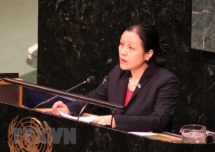 | Vietnam affirms value of Buddhism on International Day of Vesak Ambassador Nguyen Phuong Nga, Head of Vietnam’s Permanent Mission to the United Nations, praised the values of Buddhism during an event to celebrate the International ... |
 | Vietnam, India to increase joint projects on Buddhism studies The Tran Nhan Tong Institute of Buddhism (National University of Vietnam) recently had a meeting to discuss prospective of promoting the cooperation between Vietnam and ... |
 | Vietnamese people in Bulgaria propose to establish Vietnamese Buddhism centre During the meeting with Deputy Prime Minister Truong Hoa Binh, the association of Vietnamese people in Bulgaria proposed the Government of Vietnam support the establishment ... |
Recommended
 Friendship
Friendship
50 Years of Mexico-Vietnam Diplomatic Relations: Building the Future Together
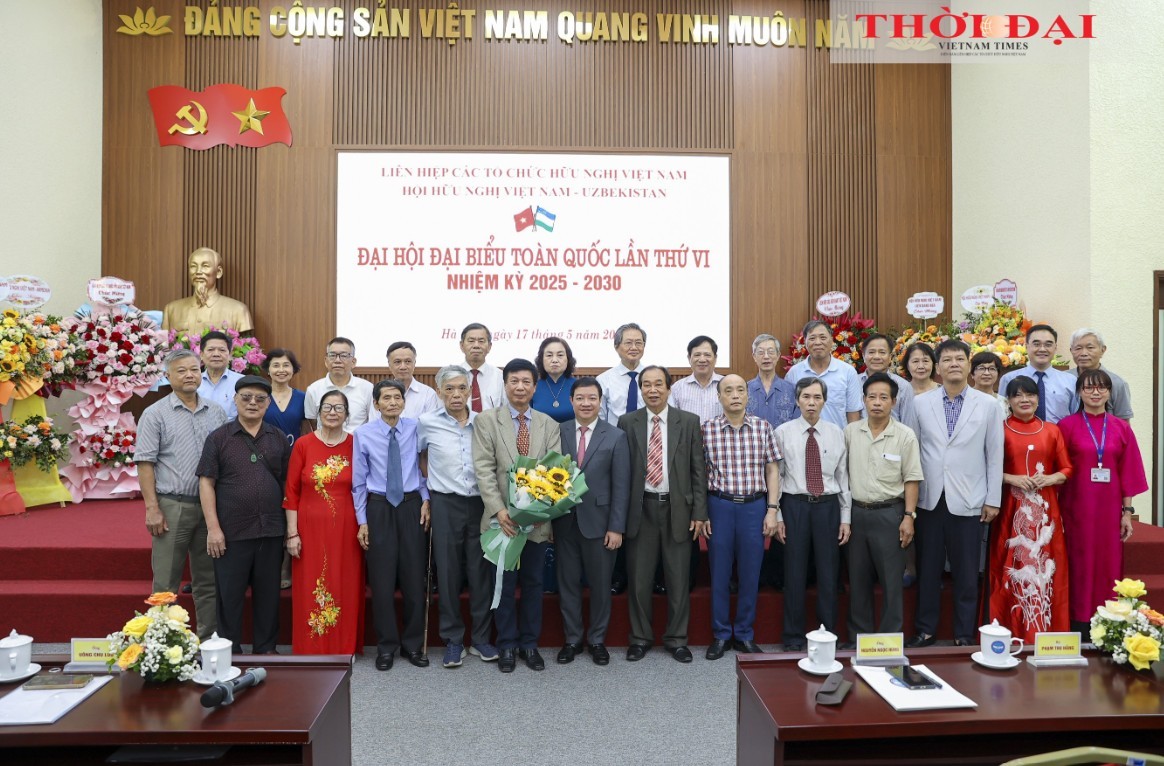 Friendship
Friendship
Vietnam–Uzbekistan Friendship Association Elects New President
 Friendship
Friendship
Delegation of Retired Mongolian Diplomats Promotes People-to-people Cooperation with Vietnam
 Focus
Focus
35 Years of FES in Vietnam: Fostering Dialogue, Advancing Equity
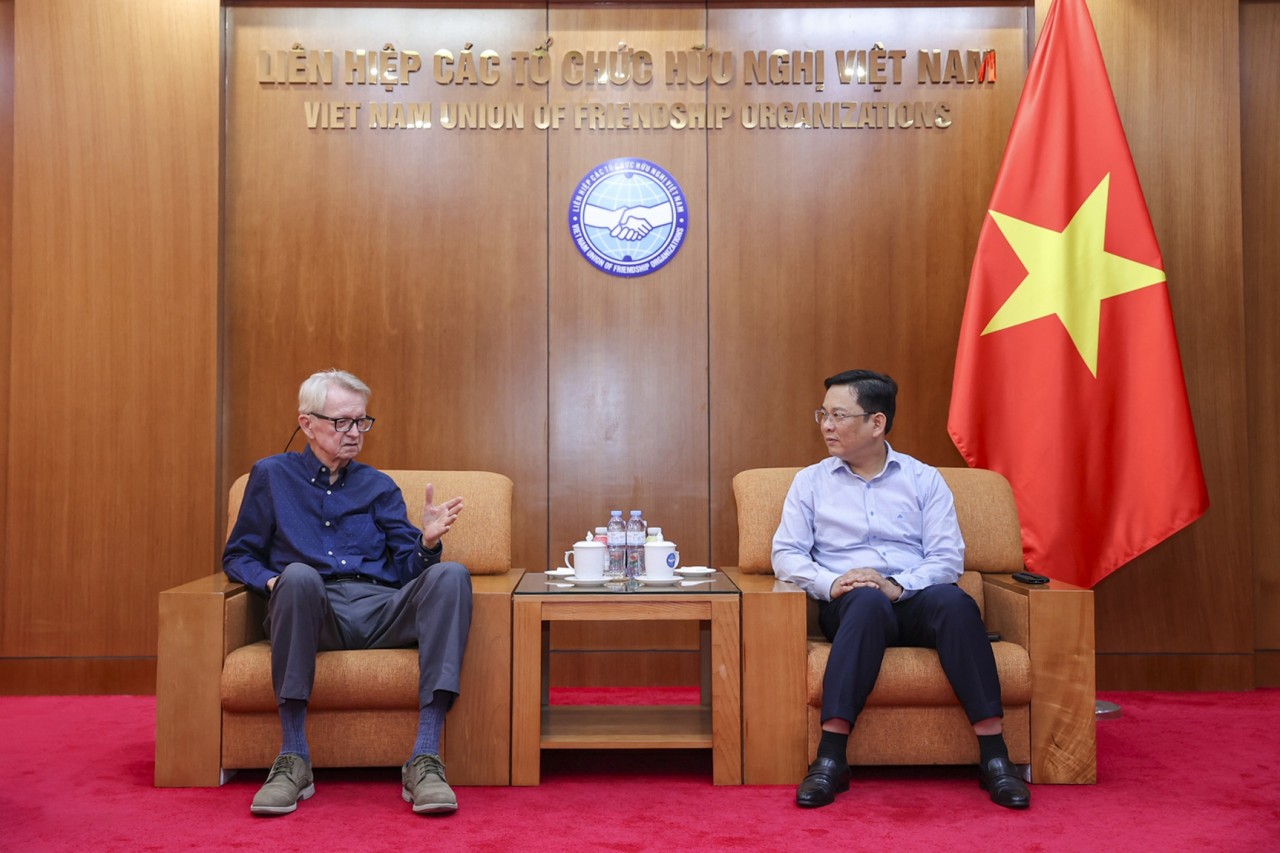 Friendship
Friendship
VUFO Appreciates Contributions of American Veterans in Overcoming Consequences of War
 Focus
Focus
Vietnam-Austria Relations: Unlocking the Potential for Cooperation in Key Areas
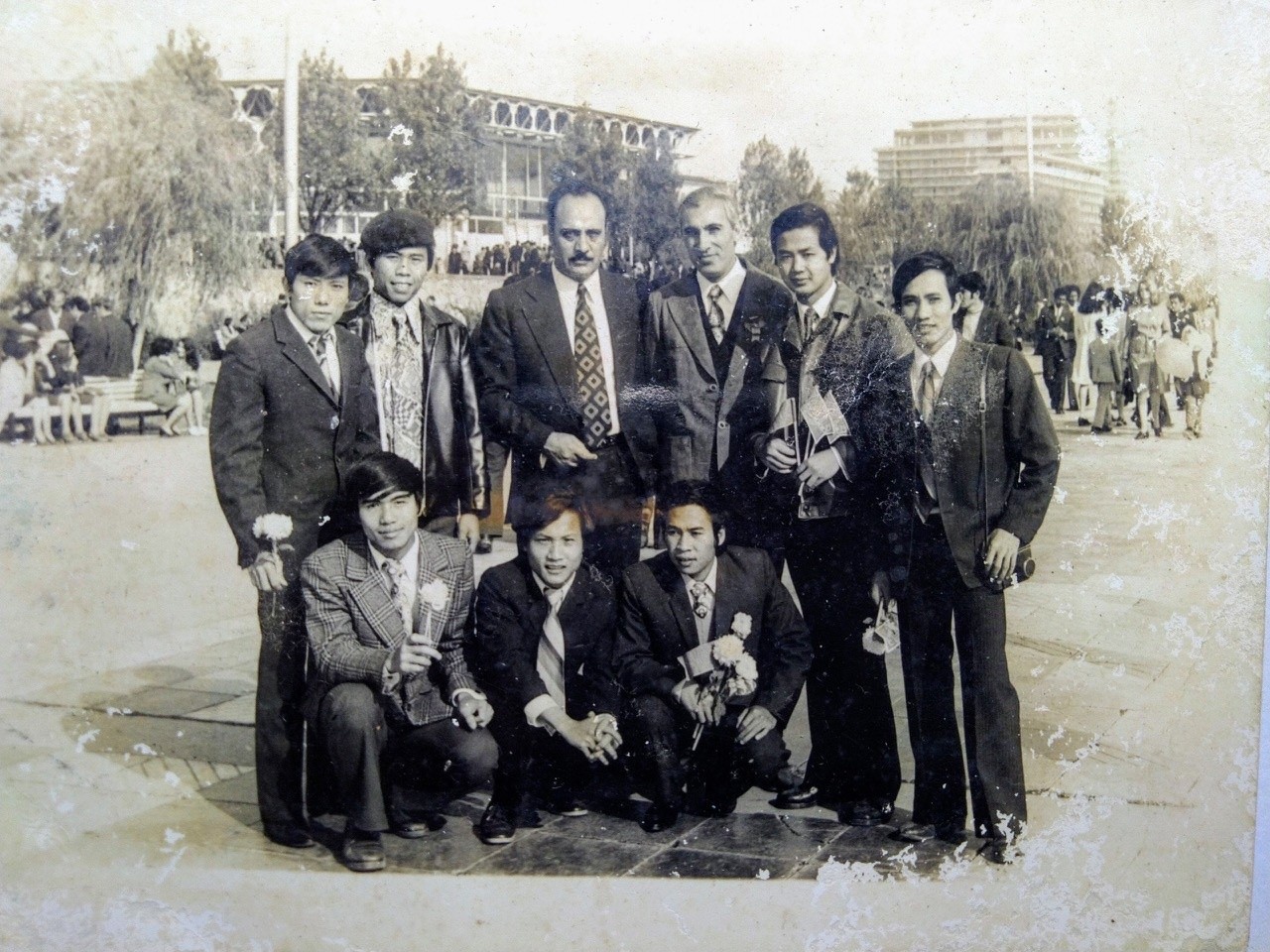 Friendship
Friendship
Vietnam - Azerbaijan: Cherished Memories Should Be Carried Forward with New Achievements
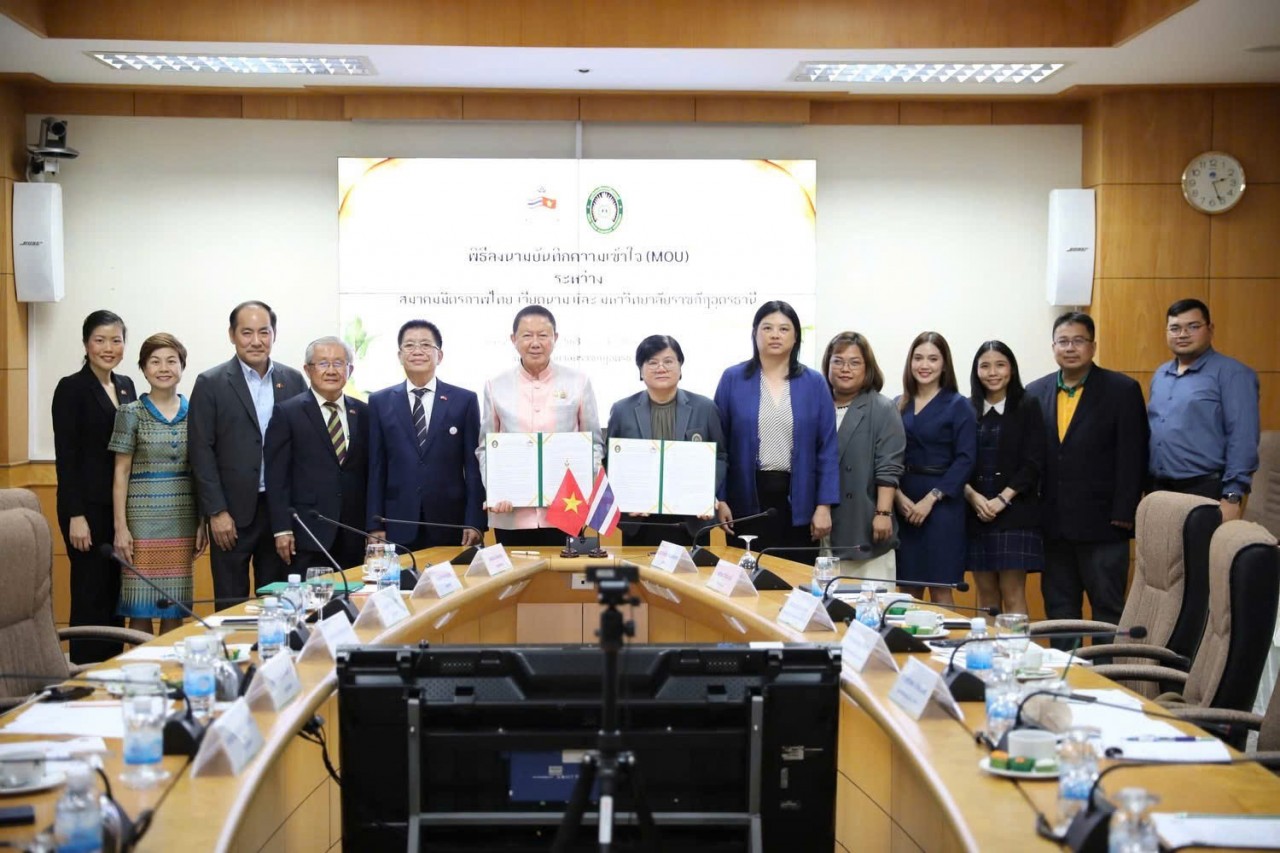 Friendship
Friendship
